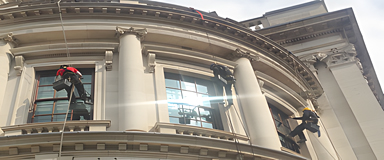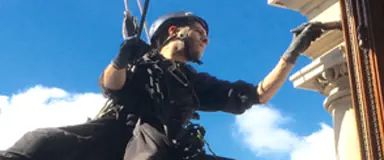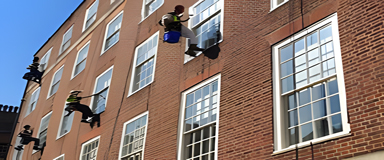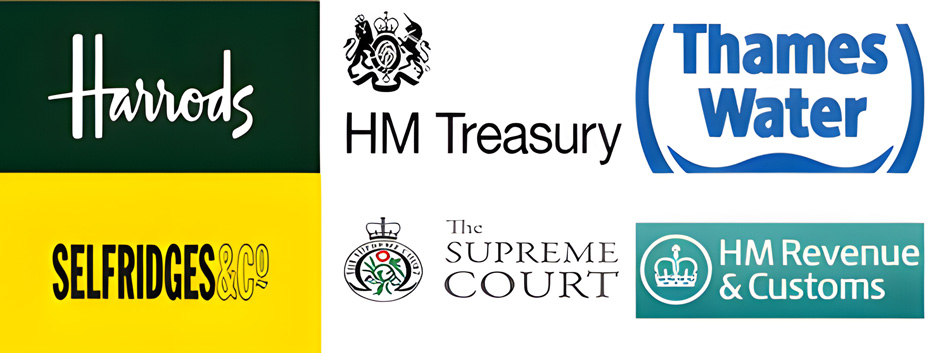In London, the demand for specialized services to maintain, inspect, and repair buildings is ever-present. This is where rope access comes into play, offering a versatile and efficient solution for reaching high and hard-to-reach places without the need for bulky scaffolding. Rope access techniques, perfected by skilled professionals, enable a wide range of tasks from painting to structural inspections, all performed safely and efficiently. Let's dive into how rope access services are transforming the way high-rise work is done in London, making it easier for people to find "rope access near me" solutions.Understanding Rope AccessRope access is a method used by trained technicians to reach difficult spots using ropes, harnesses, and other safety equipment. This technique is not only cost-effective but also minimizes disruption and environmental impact compared to traditional methods. Whether it's for cleaning, maintenance, or construction, rope access companies offer a solution that's both agile and safe.
Rope Access in London
London's skyline, dotted with historical buildings and modern skyscrapers, presents unique challenges for maintenance and repair work. Rope access in London has become the go-to solution for these challenges. High-rise rope access services allow for efficient work on tall buildings, ensuring that even the most difficult-to-reach areas are accessible. From the iconic Shard to the historic Tower of London, rope access contractors are the unsung heroes keeping these structures in pristine condition.
Services Offered by Rope Access Companies
Rope access companies provide a plethora of services tailored to the needs of high-rise buildings. Rope access painting, for example, allows for the exterior of buildings to be refreshed without the need for extensive scaffolding. Similarly, abseiling companies specialize in tasks that require technicians to descend down buildings, making them ideal for window cleaning and façade inspections.
Finding Rope Access Near MeFor those in London seeking rope access services, finding a reputable rope access company near you has never been easier. With the advent of online directories and service platforms, locating abseiling contractors or rope access technicians is just a few clicks away. These platforms provide detailed information about services offered, certifications, and customer reviews, ensuring you can make an informed decision.
The Importance of Choosing the Right Rope Access ContractorsWhen selecting a rope access contractor, it's crucial to consider their experience, training, and safety record. Reputable rope access contractors are typically certified by recognized bodies such as IRATA (Industrial Rope Access Trade Association), ensuring they adhere to the highest safety and professional standards. This certification is a hallmark of excellence in the rope access industry, providing peace of mind that the work will be done safely and efficiently.
Rope access services have revolutionized the way high-rise maintenance and repair tasks are performed in London. From rope access painting to structural inspections, these services offer a safe, efficient, and cost-effective alternative to traditional methods. With the ease of finding "rope access near me" services, London's building owners and managers can easily access the skilled professionals needed to maintain the beauty and integrity of the city's architecture. Whether you're in need of abseiling companies or rope access contractors, the key is to choose certified professionals who can guarantee the safety and quality of their work.
Certification Tiers
The certification for rope access training is stratified into three widely acknowledged tiers, each distinguished by its specific focus and requirements.
Outlined below are the descriptions for each technical tier as provided by IRATA:
*Level 1**: This foundational tier encompasses an array of rope access techniques, equipment inspection protocols, and elementary rescue operations.
*Level 2**: Expanding upon the groundwork established in Level 1, this tier delves into rope rigging methodologies, safety protocols, rescue operations, and quality control processes.
*Level 3**: The pinnacle of certification, this tier imparts sophisticated rescue strategies and industry best practices, qualifying rope technicians to assume the role of site supervisors. Technicians at Level 2 must accumulate 1,000 operational hours on the ropes prior to advancing to Level 3 certification.
The certification process also evaluates a candidate's physical and mental aptitude, including health, fitness, strength, and coordination.
For additional information on the aforementioned training tiers, please visit the IRATA website.
Preparation for Training
To ensure a smooth transition into formal training, acquiring a baseline of knowledge in advance is beneficial. It is advisable to gain an understanding of work-at-height regulations and familiarize yourself with the various knots and equipment that will be utilized in rope access activities. Although the rope access training course is structured to cover all fundamental aspects of rope access, entering the course with some preliminary knowledge can enhance the learning experience.
The Training Course
The duration of a rope access training course spans five days. Regardless of prior experience in rock climbing or any other rope-related activities, it is crucial to remain attentive throughout the rope access training. This is due to the unique safety and operational considerations involved in using ropes in professional settings.
Training encompasses both practical exercises and theoretical instruction, with the latter often delivered during breaks from physical activities.
The Assessment Process
At the conclusion of the training course, participants undergo both written and practical assessments. These assessments are designed to verify that trainees have a thorough understanding of their roles and are capable of safely executing tasks as part of a team.
The assessment may include exercises such as:
- Assembling a harness rig
- Inspecting equipment for defects
- Executing rescue operations
- Identifying and tying various knots
- Climbing ropes
Throughout these exercises, it is paramount to avoid relying on a single rope without a backup system and to consistently ensure that both the mainline and safety line are securely fastened at all times.





